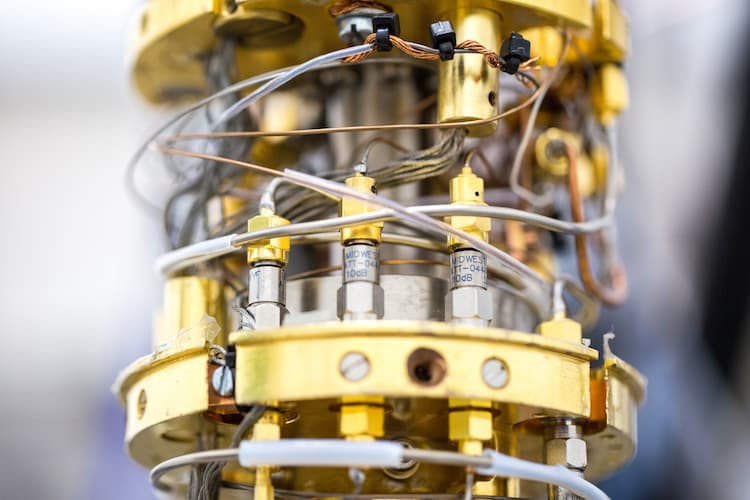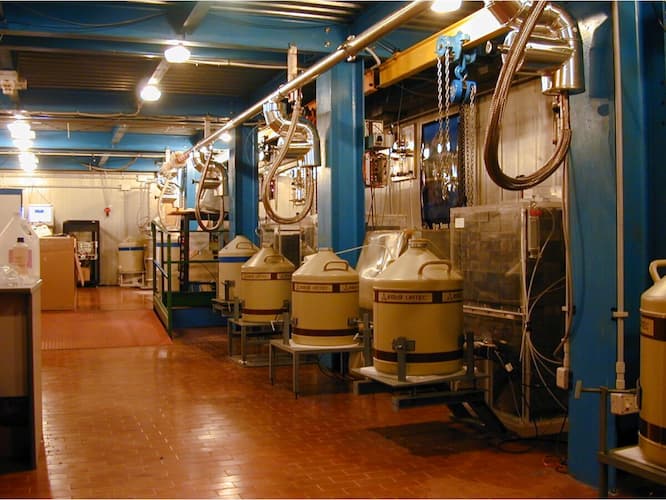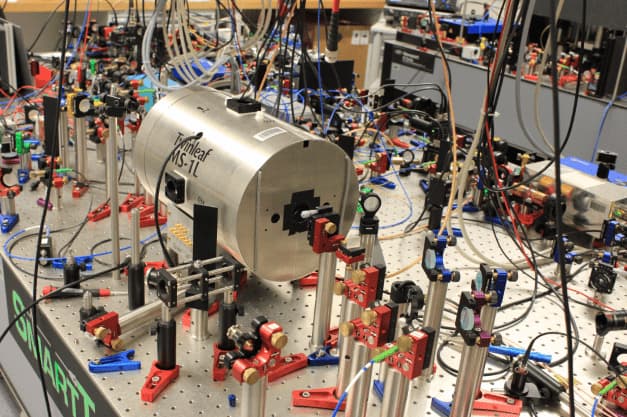Researchers at Case Western Reserve University have created a simple prototype device that allows users to control “smart home” technology by changing their breathing patterns. This self-powered device connects to the nostrils and has the potential to improve quality of life for people with limited mobility and the ability to speak clearly. It can also be programmed to automatically provide alerts to medical personnel if a user has difficulty breathing.
“We believe having both these capabilities — smart technology control and medical alerts — in one small device makes this special,” said Changyong Cao, assistant professor of mechanical engineering and aerospace, who is leading the research and development of the device.
Diagram illustrating the working mechanism of a breath-controlled smart home.
Smart devices and smart home technology together make up a fast-growing industry as hundreds of consumer-ready devices can be activated via Bluetooth or the Internet of Things (IoT).
Smart home appliances including lighting and energy control systems, air conditioning and security systems can all be controlled remotely or programmed to do so automatically. But for users who cannot speak or use their limbs to program a device, the benefits of smart technology are almost useless.
Cao and his colleagues used a technology called triboelectric nanogenerators (TENGs) to get the house running. TENG can convert mechanical energy harvested from the environment into electricity to power small devices such as sensors. This technology allows scientists to convert everyday mechanical energy into useful electrical energy. That energy is in a natural environment that includes rain, wind, or even everyday bodily movements, such as touching your hands together, walking or, in this case, breathing.
- A person who investigates UFOs claims to have found the entrance to a “alien hidden base.”
- This Man Filmed A Giant UFO Floating Right Above Lake Erie
- How to turn off the computer power?
- In England, A Huge Triangular UFO Was Captured On The Doorbell Camera
- A 6-Year-Old Paralyzed Girl Meets His Potential Golden Retriever Service Dog and Forms an Immediate Connection with the Pup

















